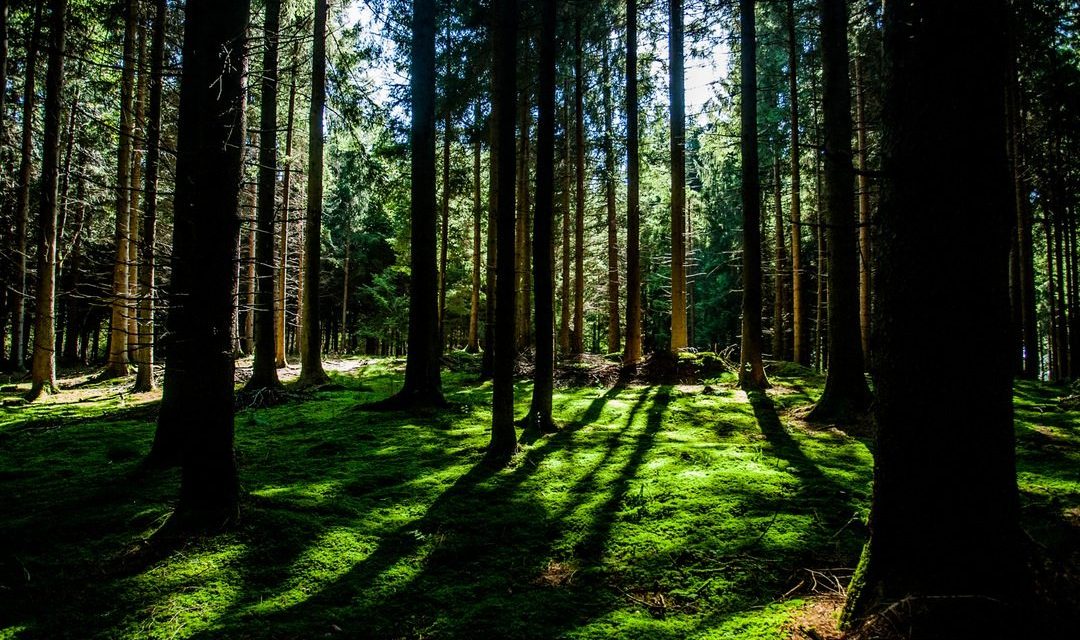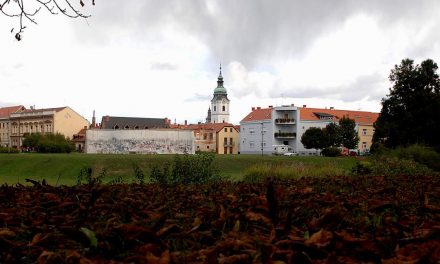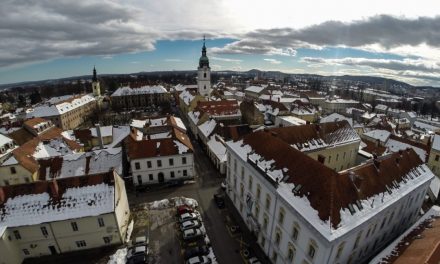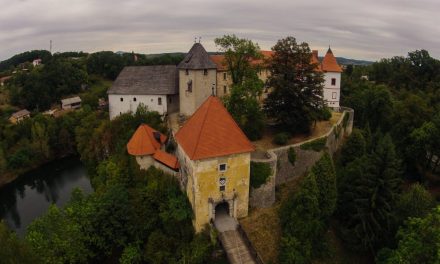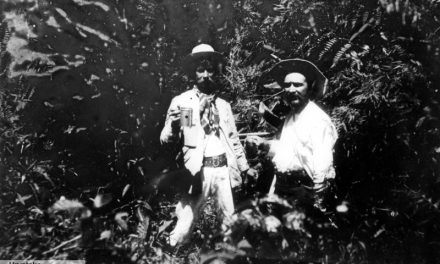The Klek guide becomes a ban
In the first written account of the ascent on Klek in 1838, Josip Jelacic was mentioned as a guide to the Saxon King and botanist Friedrich Augustus II during his research of the local mountain flora. In the 1830s, Jelačić was an officer in Ogulin and Drežnik on the Korana River from where he disseminates his views of the Croatian National Revival. Upon having become the first Croatian ban (1848-1859), he abolished serfdom in Croatia and distinguished himself in battles against the Turkish and Hungarian armies.
Trademark of Croatian mountaineering
Mount Klek (1,181 m above sea level) is the most attractive destination for hikers in Croatia. From whichever direction observed, the 200-meter peak cliffs will fascinate and attract onlookers. The beginnings of mountaineering and climbing in Croatia are linked to Klek. Excited by the climb, Professor Johannes Frishauf in 1874 founded the Croatian Mountaineering Association (ninth such association in the world).
A rock flower with perfect stability
At the foot of Mount Klek, directly along the Ogulin – Jasenak road, are unique detached limestone rocks known as Visibaba. They are 7 meters high and pear-shaped, narrowing towards the bottom. In 1966, the stone boulders at the fragile base were declared a protected geomorphologic natural monument.
On the roof of Gorski kotar
The highest peak in Karlovac County is Kula on Bjelolasica, rising 1,534 meters above sea level. This mountain in the heart of the wooded Kapela region is also the highest point of elevation in Gorski kotar. It was named after the ridge, which extends above the forest line, and in winter when covered with snow it appears as a ‘white meadow’. Hiking routes lead to the top and is favourite ski resort in the winter.
The largest and highest Croatian ski fields
The Bjelolasica Croatian Olympic Centre is the largest ski field in Croatia. Since it was opened in 1983, tens of thousands of enthusiasts have enjoyed the snow sports. The home station is Jasenac Spring (618 m above sea level), whereas the highest point on the resort is the Bjelolasica Ridge (1,392 m above sea level). Here in the 2000s, the world’s best skiers Janica and Ivica Kostelić learnt to ski.
A strict natural reserve
Although only partly belonging to the Karlovac County, extending from the Bijele and Samarske Cliffs (1,335 m and 1,302 m above sea level respectively), hikers mostly come from the Ogulin direction. In 1985, the area was placed under the highest level of protection as a strict nature reserve. It features amazing shapes in a harsh limestone karst, endemic plants and is very difficult to traverse.
The richness of the Gorski watercourses
The Žumberak – Samoborsko gorje Nature Park was declared a park in 1999 and belongs partly to the Karlovac County. The southern slopes of Žumberak Mountain are abundant in springs, streams and waterfalls. Numerous excursion routes are led along the mountain. On Sveta Gera (1,178 m above sea level), highest peak in northern Croatian, the medieval Church of St. Elias and a mountain cabin is situated in Sekulići.
A royal Mountain
Petrova gora was named after the last Croatian king, Petar Svačić, who, it is believed, was killed in battle against the Hungarian conquerors in 1097. This is indicated by the toponyms of the Kraljev grob (King’s tomb), Grobnik, Mađari (Hungarians), Madžarev most (Hungarian bridge), and Petrova poljana (Peter’s field). At the place where it is assumed the king’s tomb is located, an info plaque provides a description of the historical situation in Croatia in the 11th and 12th centuries.
The pinnacle of a rich history
Petrova gora has a double peak, Veliki i Mali Petrovac (512 m and 507 m above sea level respectively). At the higher point are the remains of a Pauline monastery and the Church of St. Peter on Slat (14th-16th centuries) and the Krajina belvedere – guardhouse facing the Turkish Empire (16th-18th centuries). At the lower peak there is magnificent 37-metre all monument (built according to the idea of Croatian sculptor Vojin Bakić) in honour of the anti-fascism victims in the Second World War. The monument was built in 1981.
The mountain protectress of the wounded
On the Petrova Gora in 1941, the first partisan hospital ‘Vrletne strane’ in Croatia and Yugoslavia was opened. It was called the Central Partisan Hospital, and had several stations with wooden huts and dugout chambers (underground rooms). They are near the cemetery where the wounded who had died were buried. The hospital was in operation until end the war in 1945 and was never discovered.
A view that thrills
Lović Prekriški Hill in Vivodina is only 475 meters above sea level, but has one of the most beautiful views of Croatia. The young teacher from Karlovac, Davorin Trstenjak, wrote with enthusiasm in 1880,”Who hasn’t been on the Lović Prekriški Hill, hasn’t seen the Croatian homeland.” Indeed, on a clear day, from the peak one can see a fifth of all Croatia.

